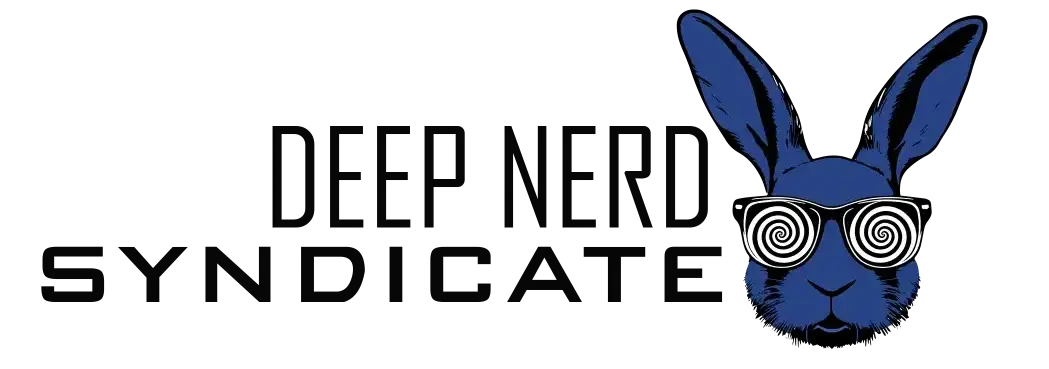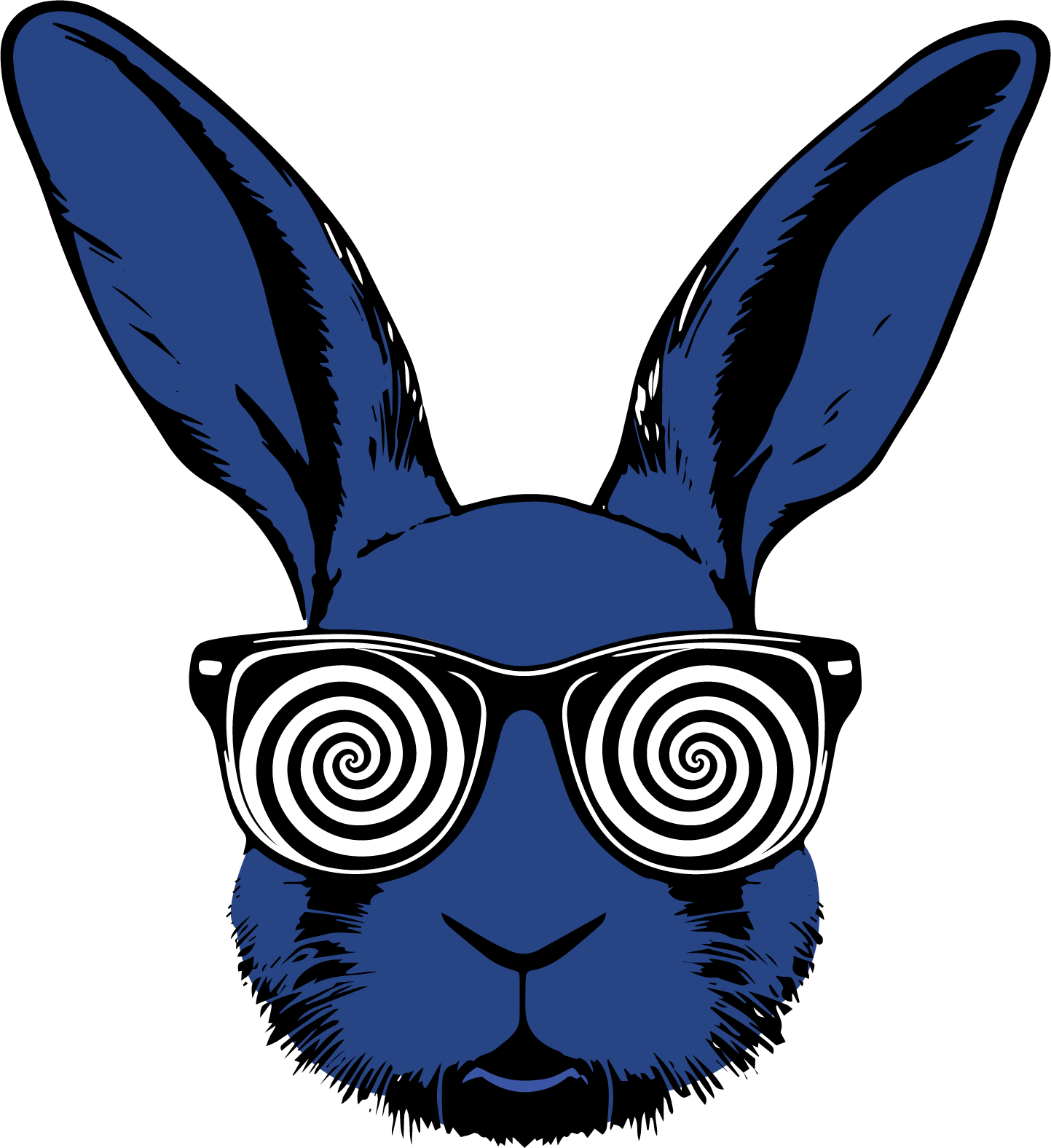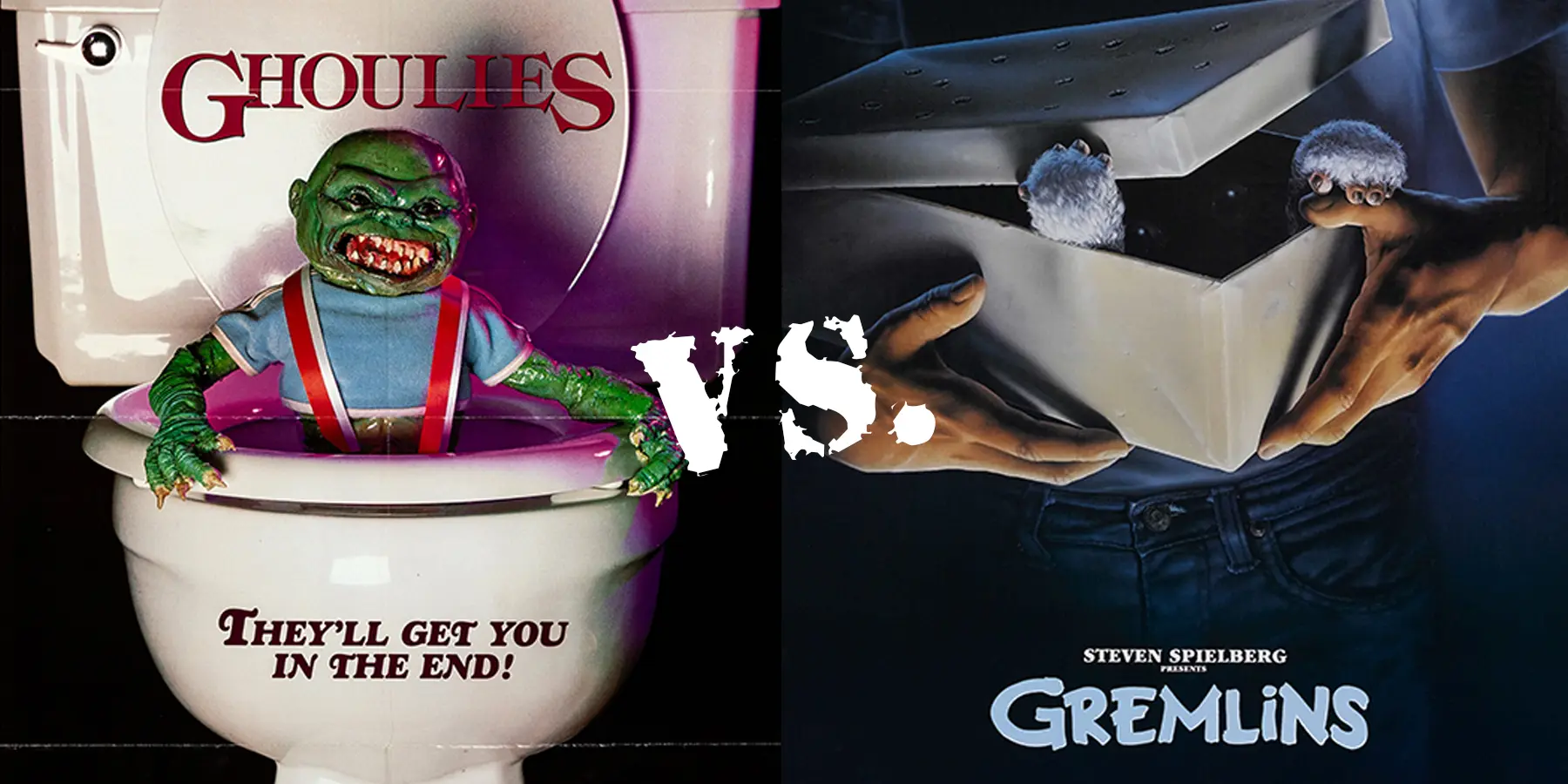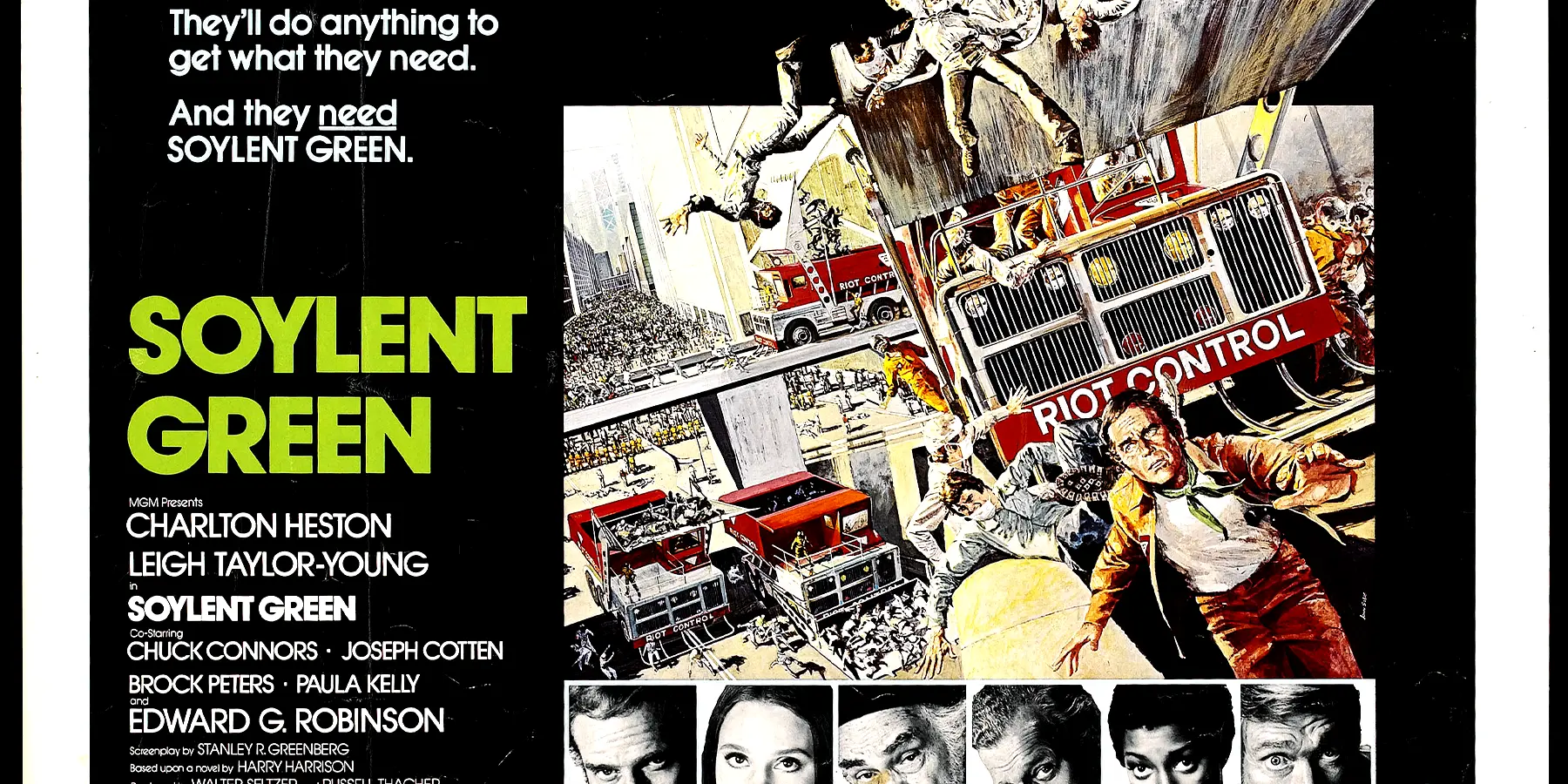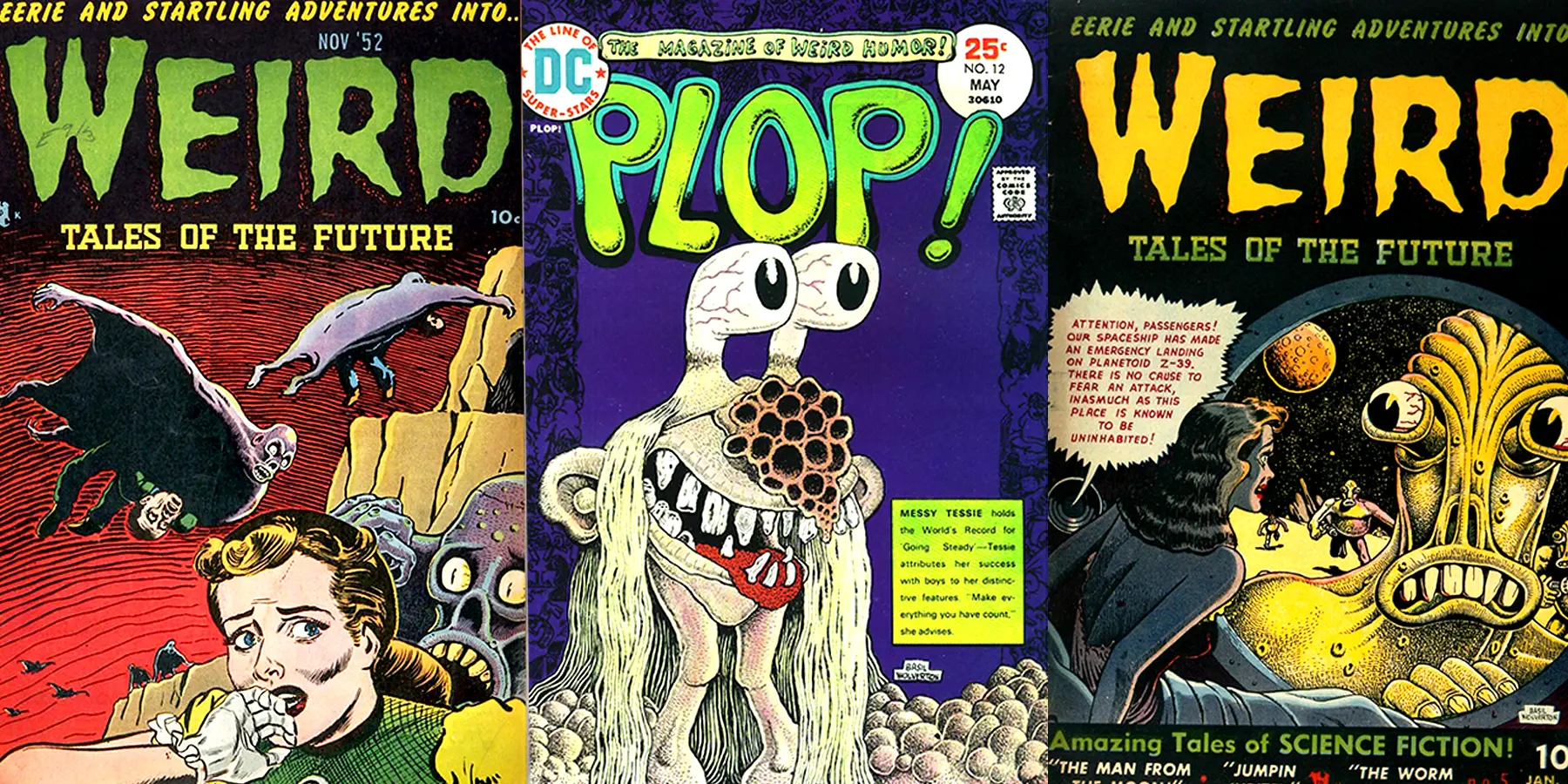Spook shows were a thrilling and unique form of entertainment that captivated American audiences from the 1930s to the 1960s. These midnight spectacles, often held in movie theaters, combined live horror-themed performances, magic, and audience interaction, creating an immersive experience that left audiences thrilled and terrified. With the live show culminating in the screening of a classic horror film, spook shows became a cultural phenomenon, drawing on America’s fascination with the supernatural and macabre.
Influences on the Creation of Spook Shows
Spook shows didn’t just spring up overnight—they were inspired by various cultural elements that together shaped the mysterious and thrilling events:
- Vaudeville and Magic Shows: Spook shows heavily borrowed from vaudeville, which was popular from the late 19th to early 20th centuries. Magic acts and illusions from vaudeville were given a spooky twist in spook shows, blending horror with sleight-of-hand tricks to chill and enchant audiences.
- Horror Films and Pulp Magazines: The rise of early horror films like Dracula (1931) and Frankenstein (1931), alongside pulp magazines filled with lurid tales of horror and the occult, fueled the public’s interest in the supernatural. Spook shows tapped into this cultural fascination, offering live scares that felt even more intense and thrilling than watching a film.
- Spiritualism and Séances: The spiritualist movement, which popularized séances and ghostly apparitions, influenced spook shows to incorporate “fake séances” and ghost illusions, further blurring the lines between entertainment and supernatural exploration.
- Carnival Sideshows and Freak Shows: Inspired by the shocking, bizarre nature of carnival sideshows, spook shows adopted sensational elements meant to shock and thrill, creating a carnival-like atmosphere that was both eerie and alluring.
- Gothic Literature: The traditions of Gothic literature with its haunted houses, ghostly presences, and psychological horror found their way into spook show atmospheres, enveloping audiences in a world of darkness and terror.
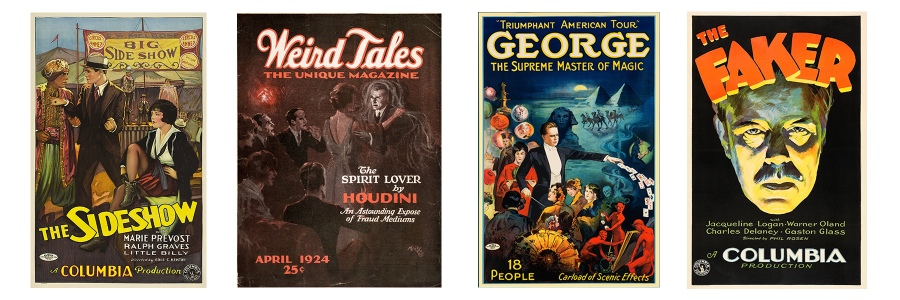
The History of Spook Shows
- 1930s-1940s: The first spook shows emerged during this time, often as promotional events for horror films. Combining magic, comedy, and spooky illusions, these shows attracted a diverse audience, especially since they were typically held at midnight to heighten the sense of mystery.
- 1950s: The popularity of spook shows exploded in the 1950s, with performers touring across the U.S. to showcase more elaborate effects and live monsters. Theatrical posters advertised “thrills and chills,” promising terrifying experiences that audiences couldn’t resist.
- 1960s: As television brought horror hosts and late-night movies into homes, spook shows began to decline. Additionally, the rise of more sophisticated horror films made the low-budget charm of spook shows appear outdated, signaling the end of an era.
Major Spook Show Hosts: Masters of Horror and Magic
Some of the biggest spook show stars created iconic personas, each with a unique style and chilling presence. Here’s a look at the hosts who shaped the spook show phenomenon:
- Philip Morris (Dr. Evil): Known for his character “Dr. Evil,” Philip Morris was famous for a Jekyll-and-Hyde act, transforming himself into a monstrous version of his character on stage. His combination of horror, magic, and comedy made him a standout figure.
- Glen “Doc” Neff (Dr. Neff): Known as “Dr. Neff,” Glen Neff’s “Madhouse of Mystery” show used hypnotism, mind-reading, and spine-chilling illusions. Audience participation was key in his shows, drawing spectators into the eerie experience.
- Jack Baker (Dr. Silkini): Jack Baker’s “Dr. Silkini’s Asylum of Horrors” featured the infamous “Blackout” sequence, where lights would go off, and the theater filled with sounds and effects, leaving audiences on edge in the pitch-dark room.
- Ray-Mond (Dr. Satan): Known for gruesome tricks like the “Guillotine of Doom,” Ray-Mond played into themes of the occult and supernatural with his persona “Dr. Satan,” delivering shows that were horrifying and unforgettable.
- Bill Neff (Another Dr. Neff): Unlike Glen Neff, Bill Neff’s spook show incorporated séances and spirit-contact elements. His sophisticated illusions created a mystical atmosphere that thrilled audiences by blending horror with themes of the afterlife.
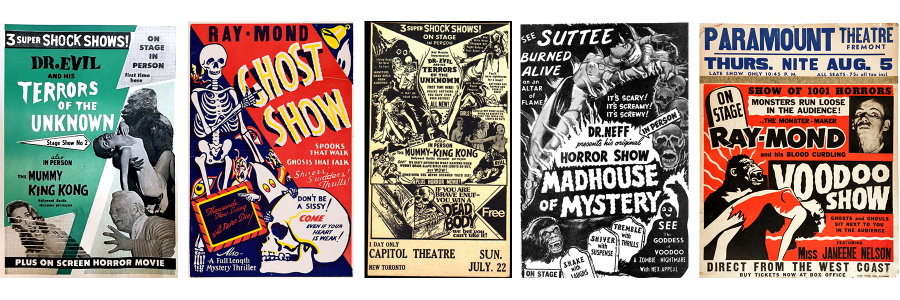
Cultural and Societal Impacts of Spook Shows
Spook shows didn’t just entertain—they held a mirror up to society’s fascination with the supernatural, sparking curiosity and offering audiences a safe space to confront their fears. Here’s how they impacted American culture:
- Escapism and Thrills: During difficult times, like the Great Depression and WWII, spook shows offered a thrilling escape, allowing audiences to confront their fears in a safe, controlled environment.
- Exploring the Supernatural: By bringing themes of death, spirits, and the afterlife to the stage, spook shows satisfied society’s curiosity about the unknown in a fun, thrilling format.
- Pop Culture Influence: The theatrical scares and horror-filled fun influenced future horror films, television hosts, and even Halloween traditions. Spook shows laid the groundwork for America’s enduring love for horror.
- Audience Participation: These shows involved the audience in their performances, a unique approach that blurred the line between viewer and participant. This interactive style was a precursor to today’s haunted houses and immersive theater.

Double-Billed Movies and Audience Reactions
Following the live performance, spook shows often paired with horror or sci-fi films to complete the spooky experience. Here are some classics often shown during these double features:
- Frankenstein (1931): Audiences thrilled at this tale of scientific horror, which paired perfectly with the spooky illusions and live “monsters” of spook shows.
- Dracula (1931): This gothic horror film deepened the eerie atmosphere set by spook shows, bringing vampiric lore to the screen.
- House of Frankenstein (1944) and House of Dracula (1945): These monster-packed films enhanced the thrills, adding multiple layers of horror to the night.
- Plan 9 from Outer Space (1959): Often dubbed “so bad it’s good,” this film’s sci-fi horror complemented the eclectic spook show experience.
- The Tingler (1959): With seats wired to vibrate, The Tingler heightened the audience’s terror, syncing perfectly with the interactive nature of spook shows.
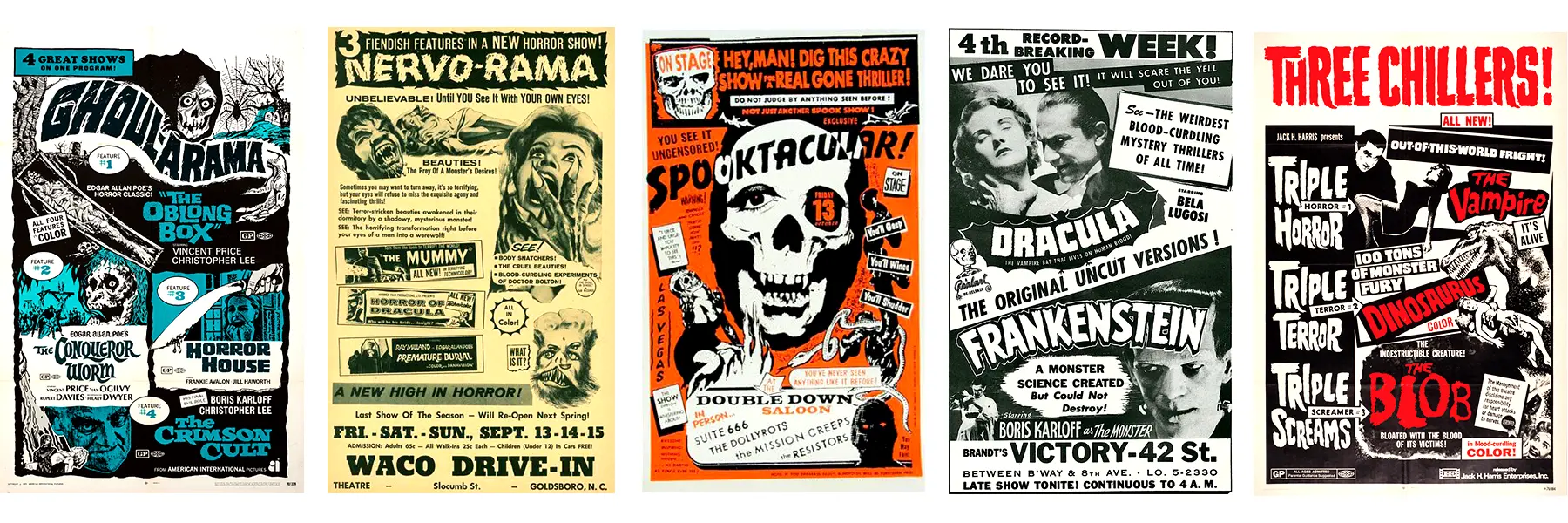
Effects on the Audience
- A Night of Thrills and Screams: The combination of live performances and horror films left audiences jittery and engaged, creating a sense of shared fear and excitement that amplified each scream and laugh.
- A Cult Following Emerges: Spook shows fostered a dedicated fan-base who appreciated both live horror and classic films, contributing to the rise of horror fandom in America.
- Psychological Impact: The suspenseful experience, followed by a terrifying film, allowed audiences to safely explore fear. This controlled fright became both thrilling and addictive, establishing horror as an emotional and social experience.
Spook Shows’ Haunting Legacy
From darkened theaters filled with ghostly apparitions to spine-chilling movies, spook shows provided a one-of-a-kind thrill that captured American audiences’ imaginations. These performances were more than just midnight entertainment—they laid the foundation for future horror, inspiring generations of haunted attractions, horror hosts, and immersive experiences. Today, the memory of spook shows remains an important chapter in horror history, a testament to the power of live fright and the allure of the unknown.
